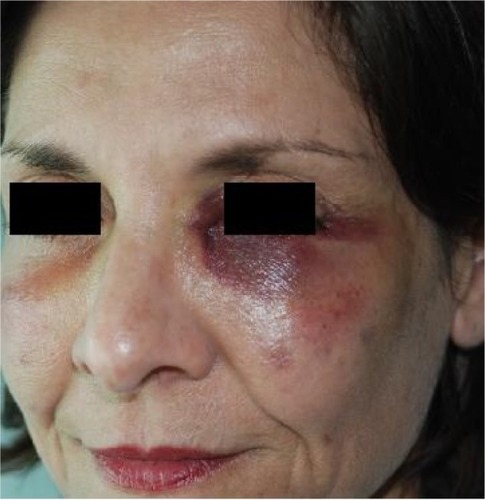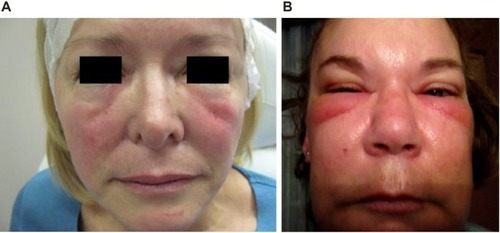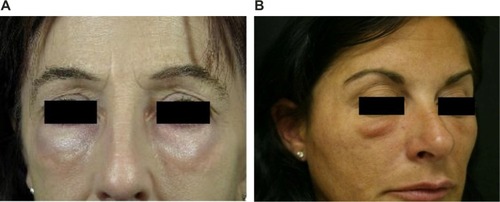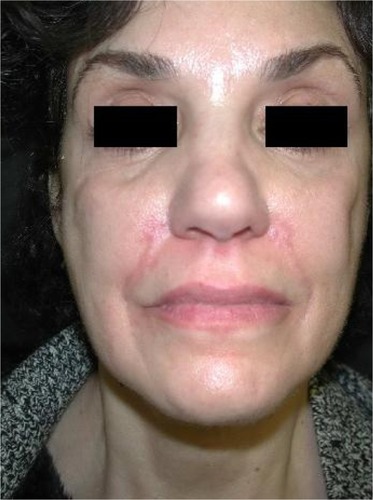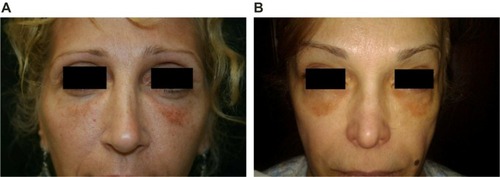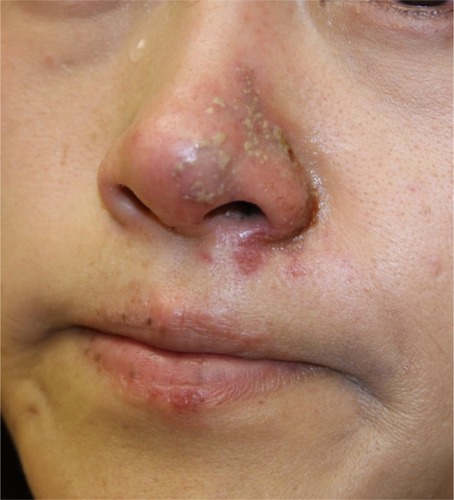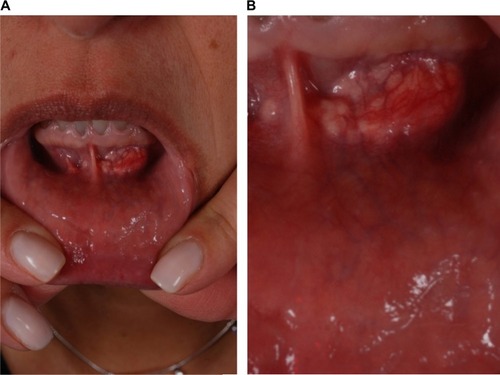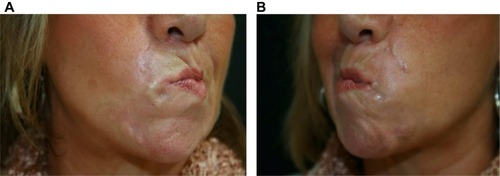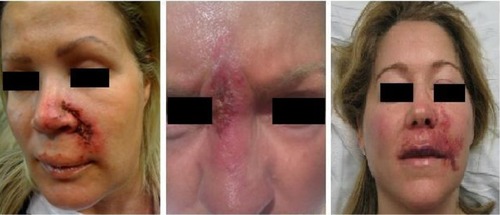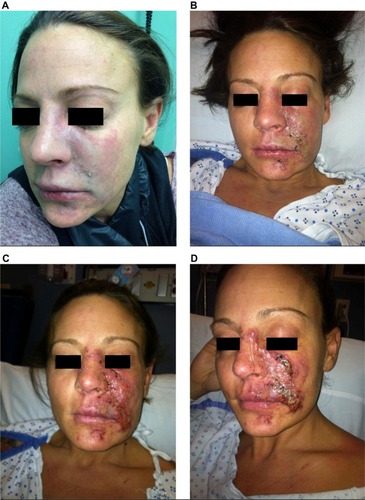Figures & data
Table 1 Characteristics of commonly used fillers and their indications
Table 2 Types of dermal filler complication by onset of adverse event
Figure 4 The anatomic basis of malar edema.
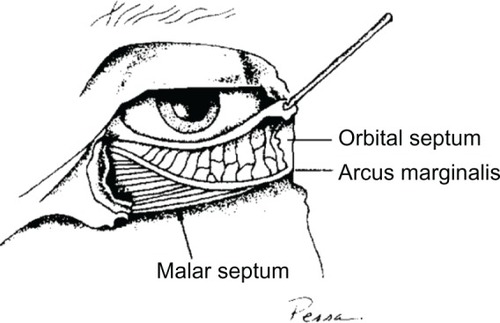
Figure 9 Inflammatory foreign body granuloma before and after treatment with an antibiotic, 5-FU, triamcinolone, and local anesthetic.
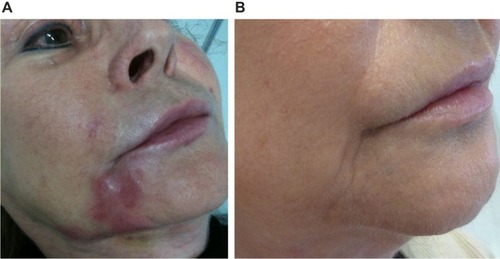
Figure 11 Facial artery anatomy illustrating the most common sites of vascular occlusion.
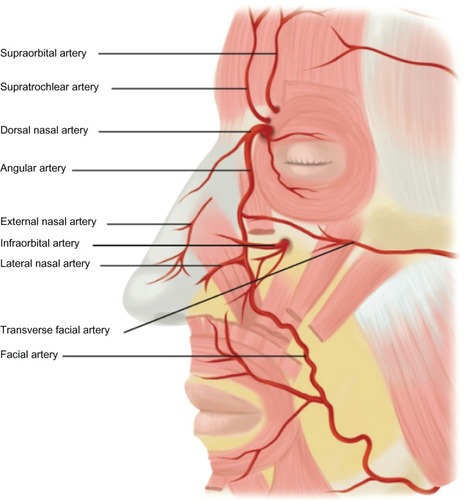
Figure 12 Retinal artery occlusion as a result of calcium hydroxylapatite in the central retinal artery.
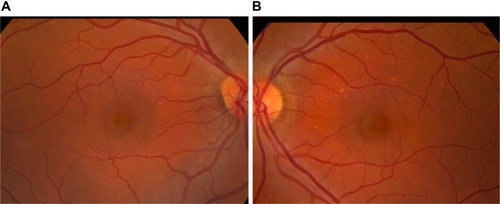
Table S1 Algorithm for the management of antibody-mediated or nonantibody-mediated edema
Table S2 Algorithm for the management of malar edema
Table S3 Algorithm for the management of nodular masses
Table S4 Algorithm for the management of vascular compromise
